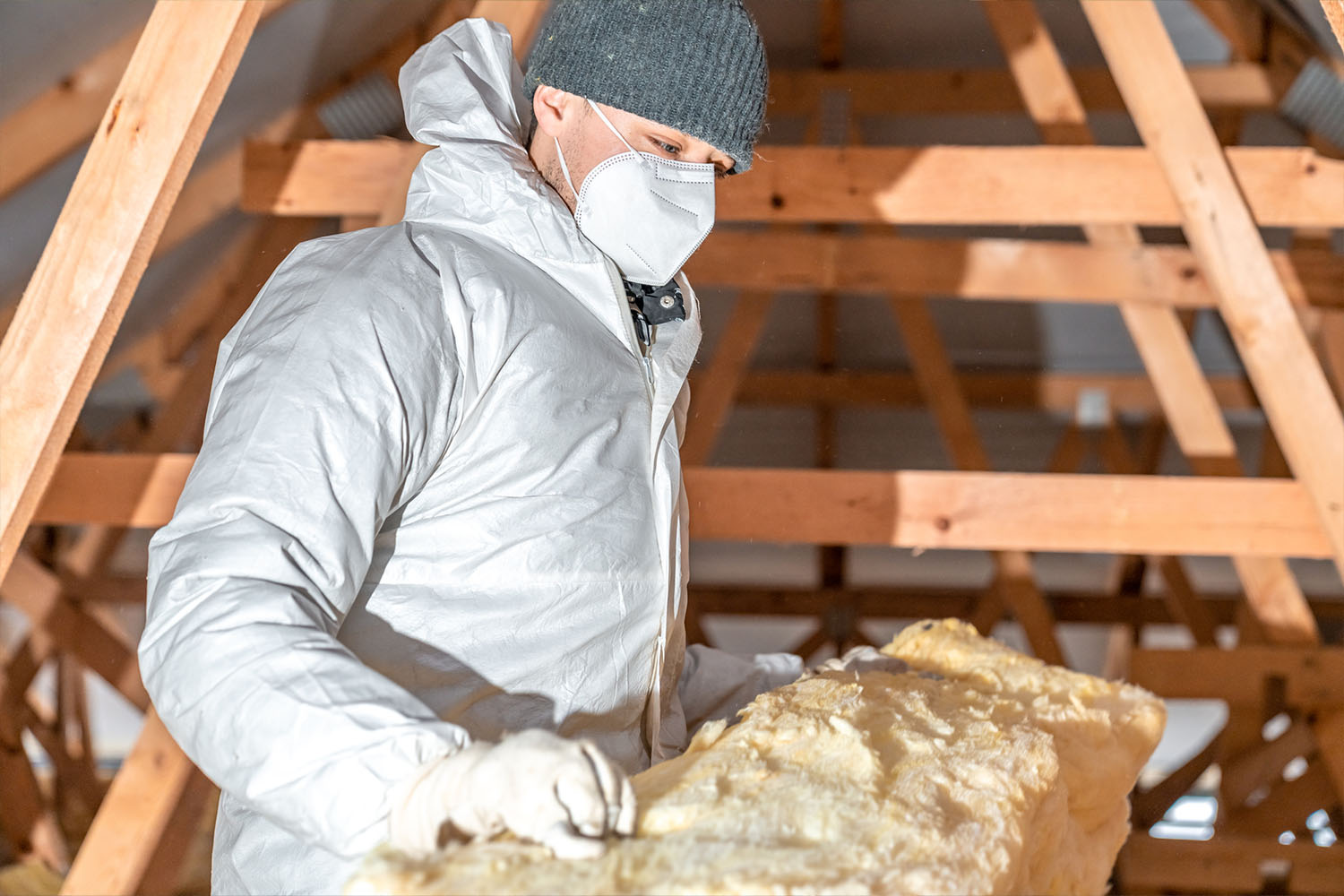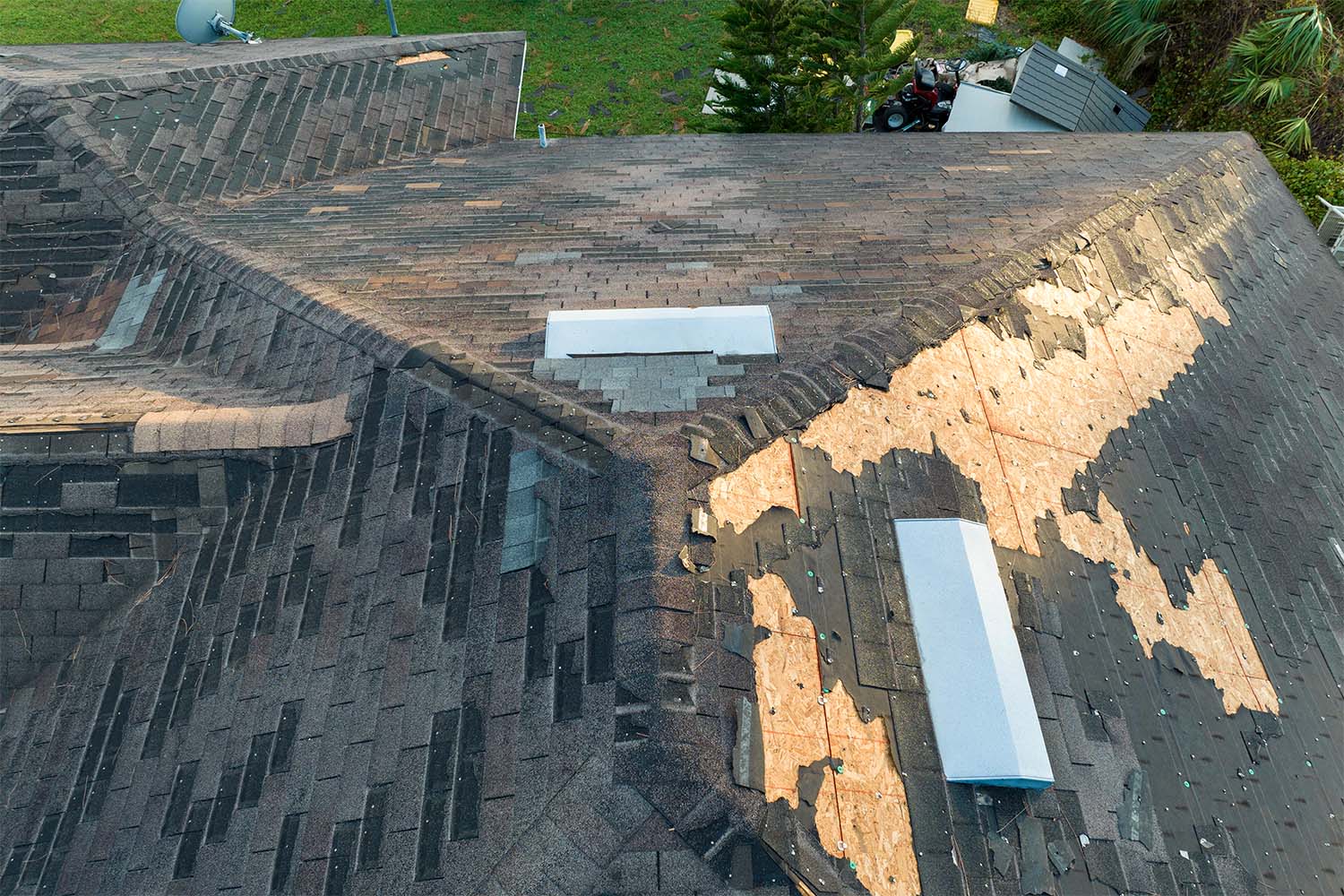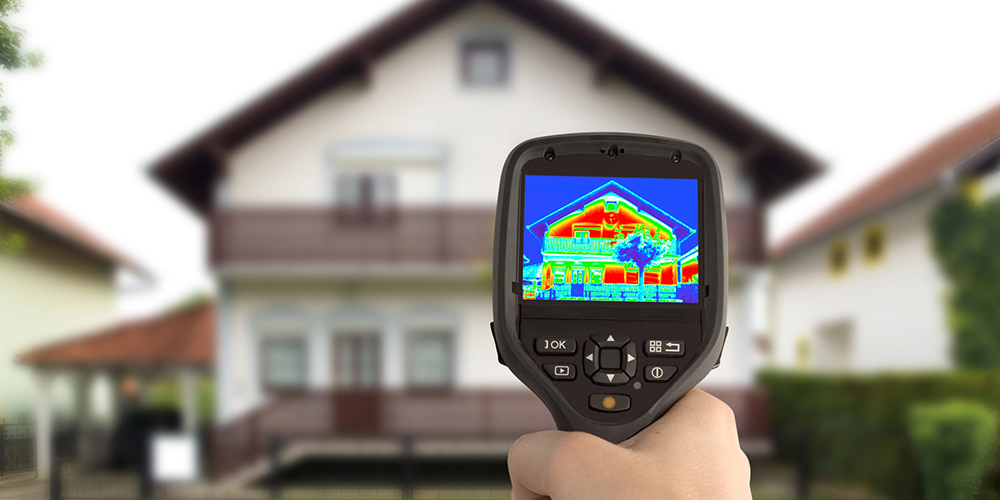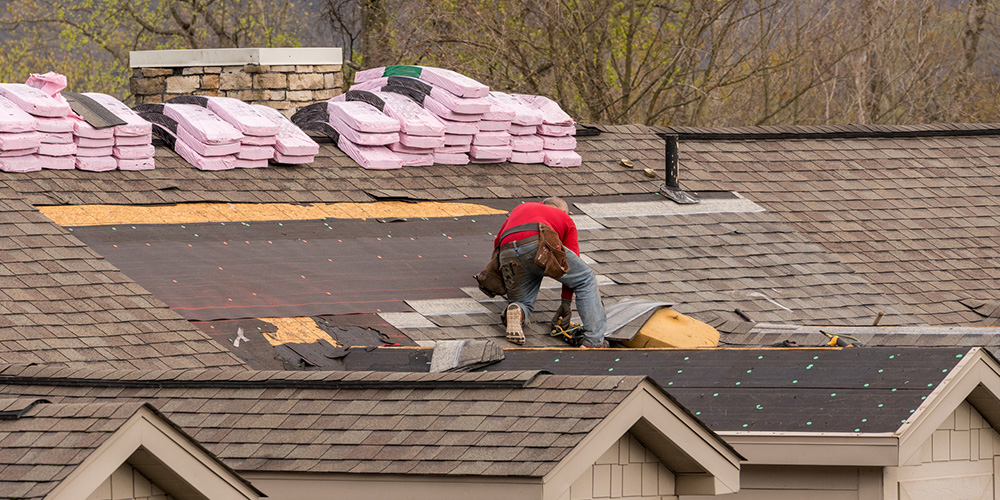Storm-Proof Your Edmonton Home with Quality Insulation
Edmonton is no stranger to extreme weather, with its harsh winters and sudden summer storms that can disrupt even the most cherished events. Recently, the Edmonton Heritage Festival, one of the city’s largest and most anticipated annual events, had to…




